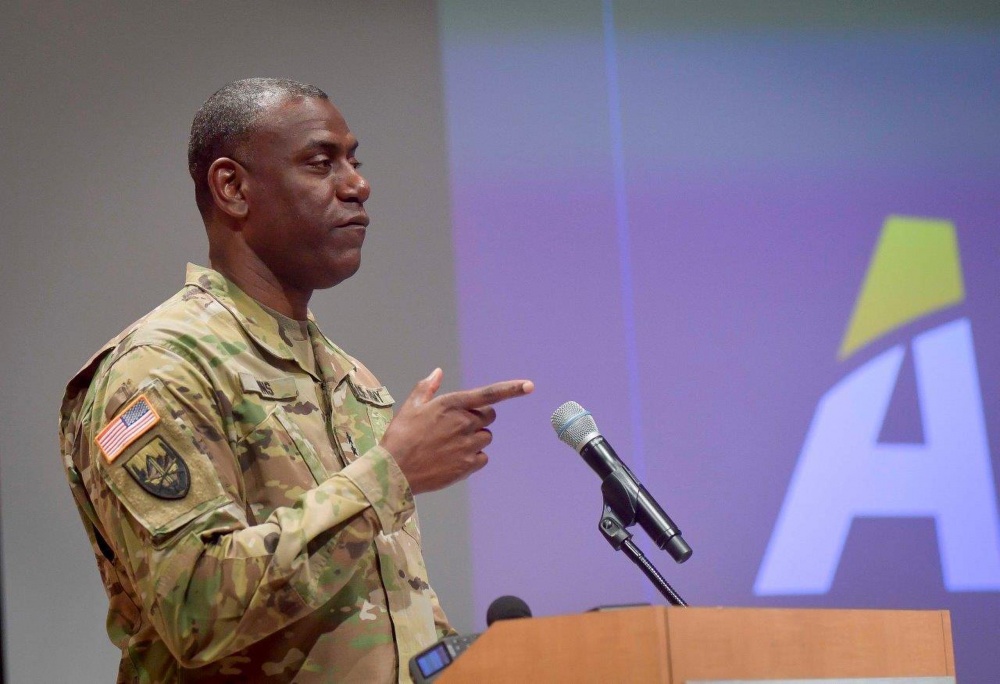Army R&D Chief: ‘I Don’t Think We Went Far Enough’ – But Futures Command Can

For a man in the middle of an institutional earthquake, Maj. Gen. Cedric Wins is pretty serene.
Other Army officers and civil servants are unsettled by the Army’s largest reorganization in 45 years: One, Lt. Gen. Eric Wesley, has said only half in jest that the break-up of long-established commands made him “feel like the child of divorced parents.” But from Wins’ perspective, when the organization he’s led for 31 months changed its name, its mission, and the four-star headquarters it works for, it finally found the answer to a question it – and the entire Army – have been struggling with for at least 16 years.
What was, until last week, the Research, Development, & Engineering Command (RDECOM) “was formed right after 9/11,” Wins recalled. The goal back then, he said, was to unite “seven disparate [and] very independent” Army research centers to urgently deliver new technology to troops facing new dangers in Afghanistan. But, Wins told me and a fellow reporter this afternoon, “as we formed the organization way back, I don’t think we went far enough [towards] unity of command.”
That’s the time-honored military principle driving the reform of Army Futures Command, under one four-star commander, Gen. John Mike Murray, with one clear goal: to get the Army ready for future war.
No comments:
Post a Comment